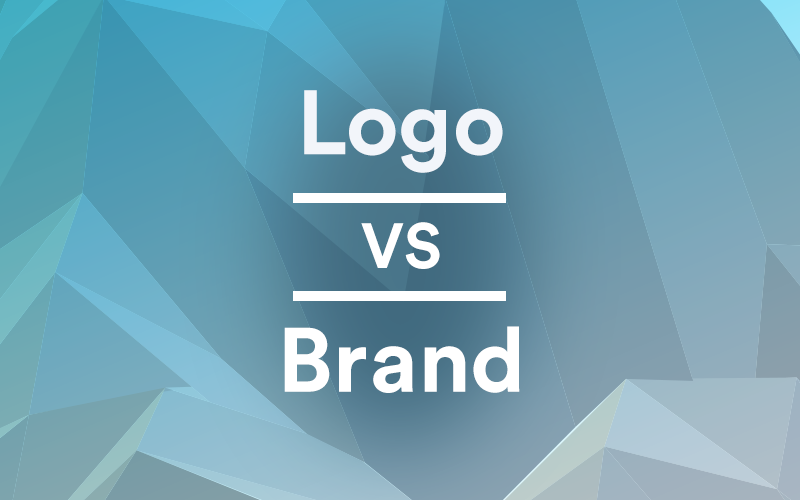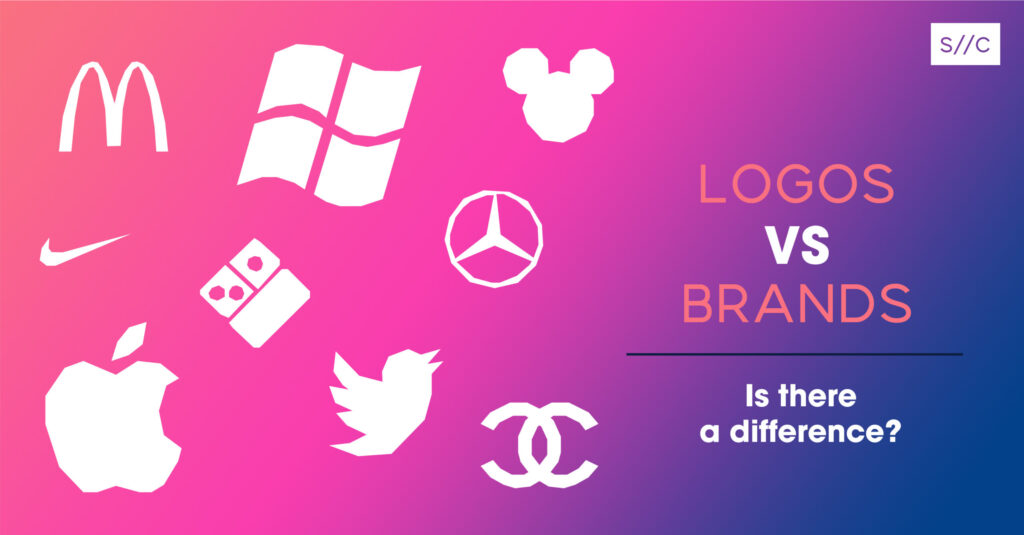
Branding vs. Logo: The Battle of Identity in Business

By Jason Locke
In the dynamic world of business, a company’s identity is a key element of its success. This identity is often encapsulated in two terms: branding and logo. While they are interconnected, they serve different roles in shaping a company’s image and leaving a lasting impression on customers. In this article, we’ll delve into the distinction between branding and logo and explore why both are crucial for a business.
The Power of Branding
Branding is the comprehensive essence of a company’s identity. It’s not just a catchy tagline or a well-designed logo; it’s the overarching story, personality, and reputation of the business. Effective branding transcends the visual and extends into the emotional and experiential realms. Here are some key aspects of branding:
- Identity and Values: Branding defines who you are as a company and what you stand for. It communicates your mission, values, and vision. It answers the fundamental question of why your business exists.
- Customer Perception: A strong brand resonates with customers. It creates an emotional connection and fosters trust. It’s the reason people are willing to pay a premium for a branded product.
- Consistency: Branding should be consistent across all touchpoints, from your website to your customer service. Consistency builds recognition and trust.
- Longevity: A robust brand can withstand time and adapt to changing market conditions. It’s a long-term investment that pays off over the years.
The Role of a Logo
A logo is a visual representation of your brand. It’s a symbol or graphic that people associate with your business. While it’s a critical component of branding, it’s not the whole picture. Here’s what a logo brings to the table:
- Visual Identity: A logo is the face of your company. It’s the first thing people notice, and it can leave a lasting impression. A well-designed logo should reflect your brand’s personality and values.
- Recognition: A memorable logo helps people remember your brand. Think of the iconic Apple logo or the swoosh of Nike. They are instantly recognizable.
- Versatility: Logos can be used on various marketing materials, from business cards to billboards. They provide a consistent visual element that ties everything together.
- Simplicity: The best logos are often simple and easy to identify. They’re not cluttered with excessive details but convey a powerful message.
The Symbiotic Relationship
Branding and logos are not mutually exclusive; in fact, they work hand in hand. A logo is one of the visual elements that help convey your brand, along with color schemes, typography, and imagery. Your brand’s story and values inform the design of the logo, ensuring that it accurately represents your business.
Consider the Nike “swoosh.” It’s a simple, memorable logo that represents movement and achievement, in line with Nike’s brand of empowerment and athletic excellence. The logo alone doesn’t communicate all of Nike’s values, but it’s a vital piece of the puzzle.
In conclusion, branding and logos are not adversaries but allies in creating a compelling company identity. While logos are the visual face of a brand, branding is the comprehensive narrative that defines the soul of a business. A successful company leverages both elements to communicate its story, connect with customers, and leave a lasting mark in the competitive world of business.







